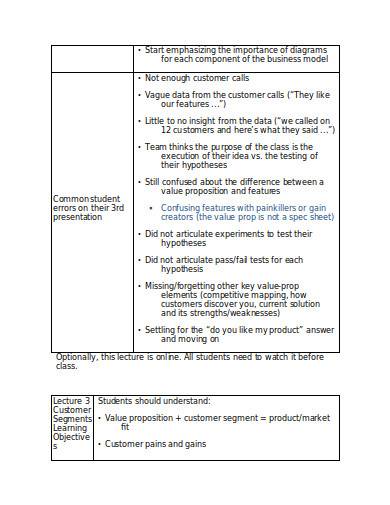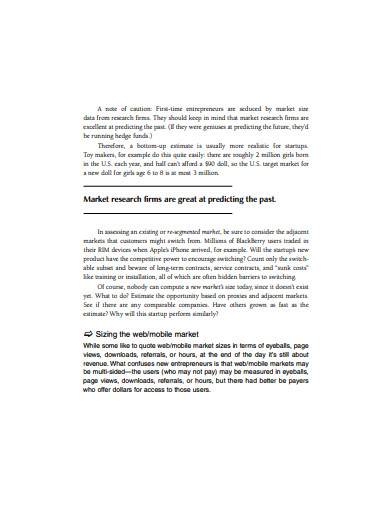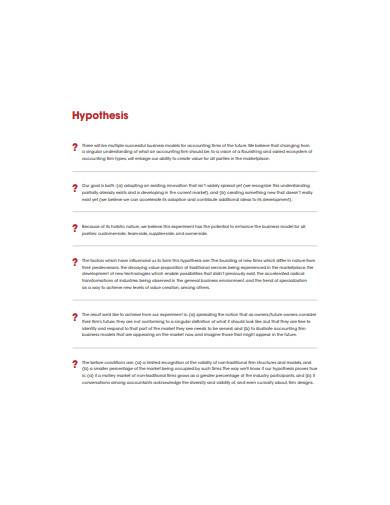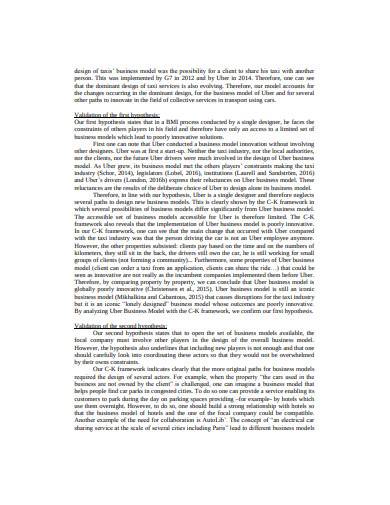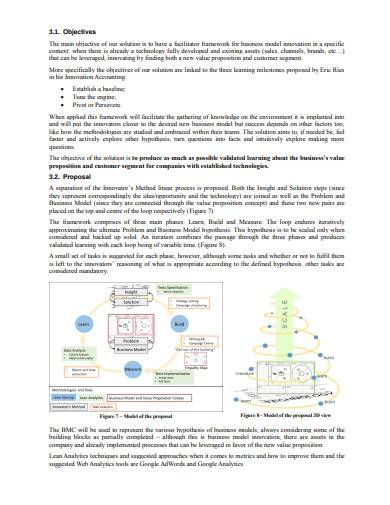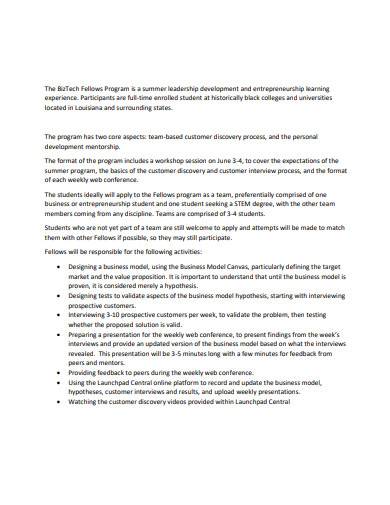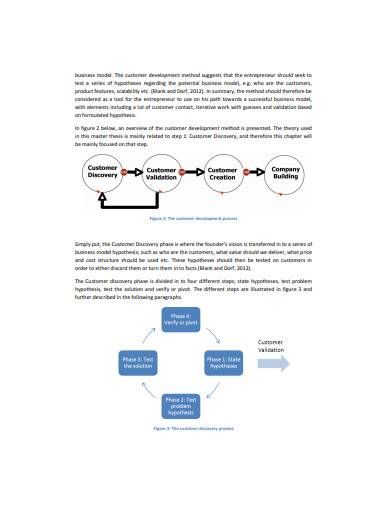Jen Glantz came up with a business idea after finding a gap in the wedding industry, which is the lack of service provider for one of the crucial people of a wedding – the bridesmaid. There are instances that a bridesmaid has to backout during the last minute or, simply, there is no one who can take part in the crucial role. With that said, the businesswoman who is now the CEO of her own viral company, Bridesmaid for Hire, has completed items in a wedding checklist of more or less 200 customers. However, you should also know that not all ideas will turn up like Jen Glant’s. Usually, successful business people use a business hypothesis to make sure that a business idea is worth pursuing.
What is a Business Hypothesis
Generally speaking, a hypothesis is a suggested explanation of an event. In the field of business, you can use the suggestion to form an idea or solutions to an existing problem. Additionally, it can help you decide on the right action plan to achieve the goals of your business. To prove its worth, you have to test this theory, making it an essential part of developing an interior design business plan, contractor business plan, and other types of business plans. Examining a business hypothesis may involve experiments that can verify if the claim is valid.
Business Hypothesis Can Improve Business Decisions
One of the tasks of business leaders is to make crucial decisions to achieve the objectives of their businesses, such as business model and marketing strategy development. To do it, they hire people to create statistics. However, statistics may not be enough to create the right decision because the interpretation of data may base on several factors. To ensure that the business decisions that they are going to implement will work, they remove all the doubts by testing hypotheses.
9+ Business Hypothesis Samples in PDF | DOC
Earlier, we have discussed the importance of a hypothesis in a business. Let’s take a look at how it applies to business researches. You can download these files in PDF and MS Word formats.
1. Business Hypothesis in DOC
2. Business Market Hypothesis Sample
3. Sample Business Hypothesis Template
4. General Business Hypothesis in PDF
5. Formal Business Hypothesis Sample
6. Digital Business Hypothesis Template
7. Basic Business Hypothesis Sample
8. Business Hypothesis Example
9. Business Hypothesis Template
10. Business Hypothesis Sample
How to Test a Business Hypothesis
There is no shortcut in testing a hypothesis. However, you can follow the steps below to ensure that your experiment does not go astray.
1. Present the Hypothesis
In stating a hypothesis, you will create an alternative hypothesis and null hypothesis. While the null hypothesis states that there are no significant changes with the variables that you are observing, the alternative hypothesis opposes and indicates that there is a difference. For example, you want to know if using dialogue marketing in retail marketing will increase the sales of your business. You may state in the null hypothesis that applying dialogue marketing in your marketing strategy creates no change in the number of sales. At the same time, you can write that you had observed changes when you applied dialogues in your approach.
2. Set a Probability Benchmark
As we have mentioned earlier, the null hypothesis indicates that there are no changes between the variables to prove the claim. To test the probability of a thesis, you will set a threshold for the random chance. Let’s use the preceding example. The previous sales number is 1,687, and you are expecting an estimate of 2% sales increase with the current marketing design. With these figures in mind, you want to set 5% as the threshold to prove that the modification makes a change in the number of sales. If the sales reach 1771.35, it means that the null hypothesis is false and that the alternative one is true.
3. Compute the Gathered Data
Given that you have gathered the relevant data for your testing, you will calculate the chance probability based on the benchmark that we have discussed in the previous step.
4. Analyze the Results
At this point, you may create a conclusion based on the computation that you have made in the previous step. You should know if you should accept the null hypothesis or not. Remember that if you accept the null hypothesis, you reject the alternative hypothesis. Meaning, the hypothesis of your research is not valid.
Without testing a business hypothesis, implementing a business action plan can be deadly risky for your business because, in doing so, you will use the business resources. If the project plan will fail, it means that the resources you use are going to waste.
Related Posts
Weekly Schedule Samples & Templates
Contractual Agreement Samples & Templates
FREE 9+ Amazing Sample Church Bulletin Templates in PSD | PDF
Sample Business Card Templates
Sample Cashier Job Descriptions
Questionnaire Samples
FREE 10+ Sample HR Resource Templates in PDF
FREE 10+ HR Consulting Business Plan Samples in MS Word | Google Docs | Pages | PDF
FREE 49+ Sample Job Descriptions in PDF | MS Word
FREE 16+ Nonprofit Budget Samples in PDF | MS Word | Excel | Google Docs | Google Sheets | Numbers | Pages
FREE 13+ Academic Calendar Templates in Google Docs | MS Word | Pages | PDF
FREE 10+ How to Create an Executive Summary Samples in Google Docs | MS Word | Pages | PDF
FREE 23+ Sample Event Calendar Templates in PDF | MS Word | Google Docs | Apple Pages
Company Profile Samples
FREE 10+ Leadership Report Samples [ Development, Training, Camp ]

